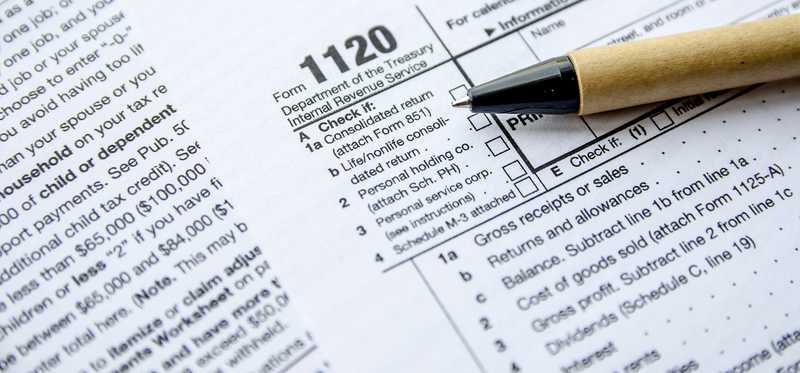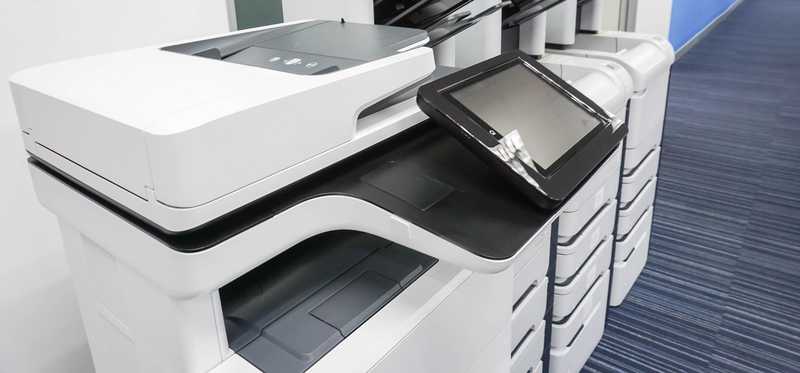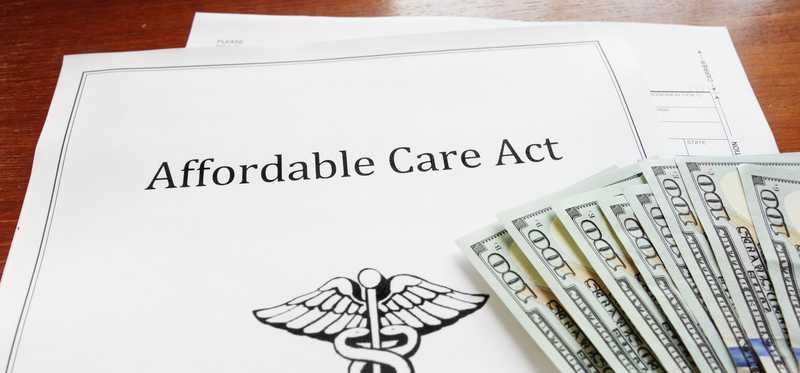15 Ways the New GOP Tax Plan Could Save You Money

15 Ways the New GOP Tax Plan Could Save You Money
Tax reform is here
Republicans in Washington successfully passed their tax reform bill into law late last year, and most of the provisions of the bill took effect on Jan. 1. Supporters of the measure heralded the law as a chance for ordinary Americans to see their taxes decline, while opponents argued that many high-profile provisions of the law were tailored to wealthier taxpayers.
The following 15 aspects of the GOP tax plan could save taxpayers money, and many Americans will be eligible for several of the items on the list.
Previous
Next

1. Lower tax rates
The tax reform law sets new tax rates for most of the seven individual tax brackets. The old rates of 10%, 15%, 25%, 28%, 33%, 35%, and 39.6% will now get replaced by rates of 10%, 12%, 22%, 24%, 32%, 35%, and 37%. Many taxpayers will see rate reductions of between one and four percentage points on their taxable income.
Previous
Next

2. Higher standard deductions
Individuals will be eligible to take a higher standard deduction in lieu of itemizing. For singles, a new standard deduction of $12,000 will replace the previous amount of $6,350. Married couples filing jointly will see an increase from $12,700 to $24,000, while heads of household will get a boost from $9,350 to $18,000.
Previous
Next

3. "Marriage penalty" elimination in many brackets
Under previous law, tax brackets for joint filers above the 15% mark imposed a "marriage penalty" in that two spouses who had equal income would have paid less in taxes had they been single. Tax reform fixes this problem by making the bracket thresholds for joint filers exactly double the thresholds for single filers up through the new 32% tax rate, offering a substantial marriage bonus in some cases.
ALSO READ: 14 Ways the Tax Cuts and Jobs Act Could Change Your 2018 Taxes
Previous
Next

4. Larger Child Tax Credit
The tax reform bill doubled the amount of the Child Tax Credit from $1,000 to $2,000, making $1,400 of the credit potentially refundable for those who wouldn't otherwise owe taxes. In addition, the income thresholds above which the child tax credit phases out are substantially higher, rising from $110,000 to $400,000 for joint filers and from $75,000 to $200,000 for single filers.
Previous
Next

5. New dependent credit to care for elderly relatives or college-age children
In addition to child tax credit provisions, tax reform also created a new credit for dependents who wouldn't qualify for that credit. College-age children, elderly relatives, or others who qualify as dependents will get a $500 non-refundable tax credit.
Previous
Next

6. Increases in alternative minimum tax exemptions and phaseouts
AMT exemptions will go up under the new law from $54,300 to $70,300 for single filers and from $84,500 to $109,400 for joint filers. More importantly for many upper-income taxpayers, the income levels above which those exemptions will phase out will rise substantially, from $120,700 to $500,000 for singles and from $160,900 to $1 million for joint filers. That will result in many of those who are subject to AMT no longer having to pay the alternative minimum tax.
Previous
Next

7. Lower corporate tax rates
Top tax rates on business entities that are taxed as corporations will fall from 35% to 21%. The move takes the rate to its lowest level in almost 80 years. Many anticipate that individual shareholders will benefit from stock price increases due to higher after-tax earnings.
Previous
Next

8. Deduction on business income for pass-through entities
Business entities that aren't taxed as corporations, such as partnerships, limited liability companies, and sole proprietorships, will also be eligible for a tax break. The tax law allows for a deduction of up to 20% of qualified business income for these pass-through entities, subject to limits for certain types of businesses depending on the amount of capital they use and the amount of wages they pay to employees.
Previous
Next

9. Greater expensing of business equipment purchases
The tax law boosted the amount that businesses can immediately deduct under Section 179 from $510,000 to $1 million. It also increased the phaseout threshold from $2.03 million to $2.5 million, leaving more businesses able to claim the benefit of immediate expensing.
Previous
Next

10. Higher estate tax exemptions
Estate tax exemptions for 2018 will be $11.2 million per person, up from the anticipated $5.6 million that would have taken effect without the new tax law. The amounts will be indexed for inflation in future years, just as they were under previous law.
ALSO READ: The 2018 Estate Tax Rules, and Why They May Not Matter
Previous
Next

11. Student loan debt forgiveness due to death or disability no longer taxed
If a student dies or becomes severely disabled, many federal government-backed loans offer full debt forgiveness. However, under previous law, the IRS forced taxpayers to include that debt forgiveness as taxable income, leading to a substantial tax bill that was immediately due. The tax law now excludes this forgiveness from tax.
Previous
Next

12. Larger medical expense deductions
Previous law limited medical expense deductions to the amount exceeding 10% of adjusted gross income for those younger than age 65. The new tax law lowers that threshold to 7.5% of AGI, which means more Americans will be able to claim medical expenses as itemized deductions, and in greater amounts.
Previous
Next

13. Expanded tax-free use of 529 plans
Previously, the owners of 529 plans could only withdraw funds to spend on college-related expenses, lest they incur tax penalties. Now, they can take distributions to pay
for qualifying expenses of primary and secondary education as well. This will allow the
plans to cover private school tuition, allowing parents to get tax-free
treatment for those expenses in addition to college expenses.
ALSO READ: Your Complete Guide to the 2018 Tax Changes
Previous
Next

14. Tax-free alimony income for the divorced, beginning in 2019
Divorced spouses who receive alimony payments will no longer have to include them as taxable income under the new law. However, this provision is one of the few that doesn't go into effect right away, so while alimony won't get taxed in 2019, you'll still have to include it in income in 2018.
Previous
Next

15. Removal of tax penalties under the Affordable Care Act
The new tax law repealed the individual mandate under the Affordable Care Act, which imposed tax penalties on those who didn't obtain creditable healthcare coverage. The move takes away penalties that in 2017 were $695 per adult and $347.50 per child up to a family maximum of $2,085, or 2.5% of household income.
The Motley Fool has a disclosure policy.
Previous
Next
Invest Smarter with The Motley Fool
Join Over Half a Million Premium Members Receiving…
- New Stock Picks Each Month
- Detailed Analysis of Companies
- Model Portfolios
- Live Streaming During Market Hours
- And Much More
READ MORE
HOW THE MOTLEY FOOL CAN HELP YOU
-
Premium Investing Guidance
Market beating stocks from our award-winning service
-
The Daily Upside Newsletter
Investment news and high-quality insights delivered straight to your inbox
-
Get Started Investing
You can do it. Successful investing in just a few steps
-
Win at Retirement
Secrets and strategies for the post-work life you want.
-
Find a Broker
Find the right brokerage account for you.
-
Listen to our Podcasts
Hear our experts take on stocks, the market, and how to invest.
Premium Investing Services
Invest better with The Motley Fool. Get stock recommendations, portfolio guidance, and more from The Motley Fool's premium services.